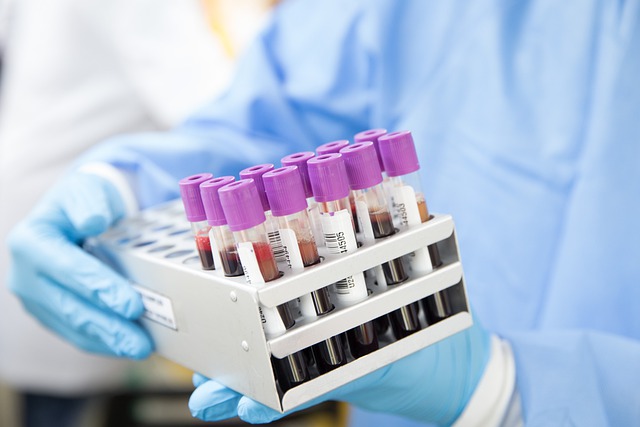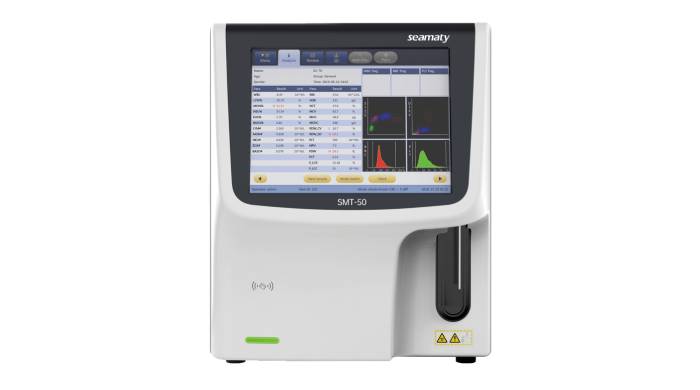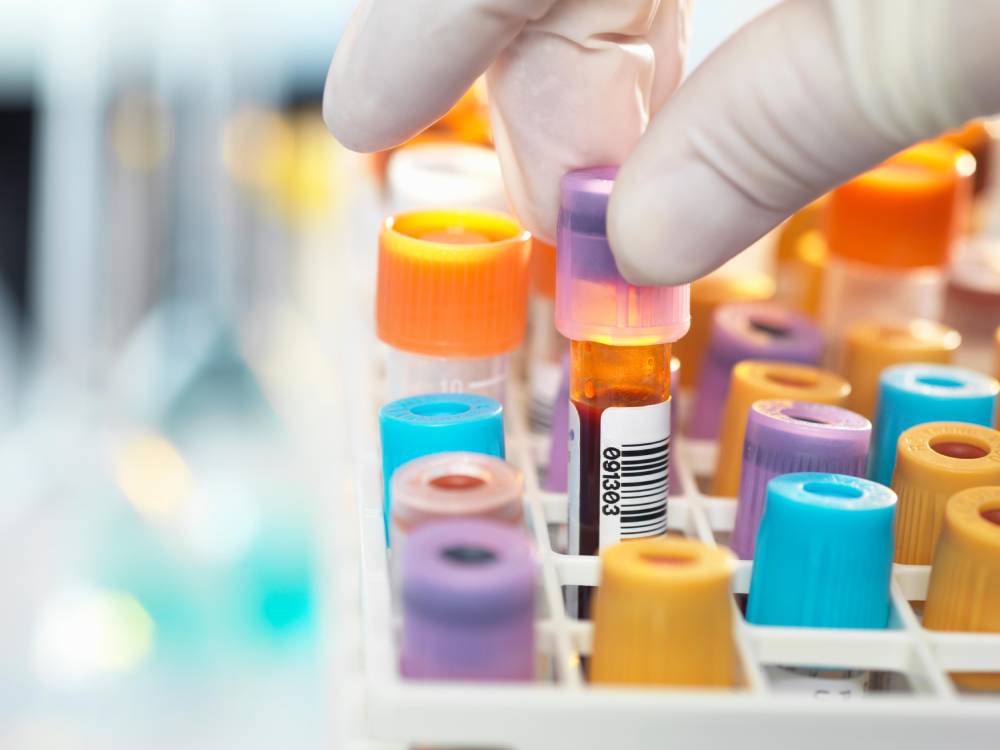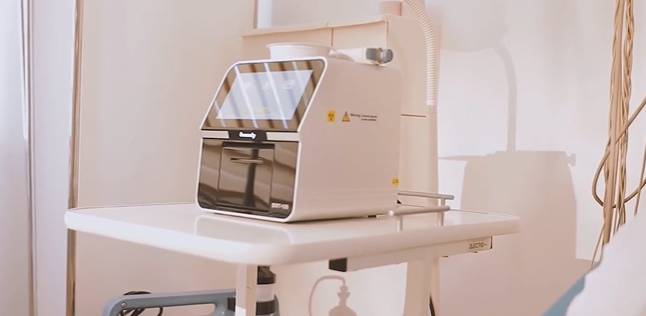Users should strictly adhere to common and healthcare facility-specific laboratory biosafety practices when handling blood samples and operating the analyzer. For the Seamaty SMT-120 dry biochemistry analyzer, we recommend adding 100 μl of sample to the reagent tray, which allows for a sample range of 90-120 μl (a minimum of 250 μl of blood is recommended for review).
(recommended for review). It is recommended that lithium heparin anticoagulation tubes be used for sample processing.
In previous articles, we have shared notes on the use of samples and reagents on the Seamaty Biochemistry Analyzer. Today we will learn what details to pay attention to when collecting blood before using the biochemistry analyzer.
-
1. The blood sample should be transferred into the anticoagulation tube as soon as possible after collection and inverted up and down 3-5 times. This is to ensure that the sample and anticoagulant are well mixed.
-
2. Whole blood must be analyzed or converted to plasma and serum within 30 minutes of collection. If the test is performed after the sample has been out of the body for a longer period of time, the accuracy of the test results may be affected.
-
3. do not freeze or shake whole blood samples vigorously in the refrigerator to prevent hemolysis.
-
4. if the test cannot be performed in time, the plasma and serum should be isolated and stored airtight at 2-8°C away from light. and tested within 24 hours. Stored on ice at -20℃ for a maximum of 30 days. and cannot be repeatedly frozen and thawed. If these restrictions are not met, the analyte concentration may change and the assay results will not be clinically meaningful.
-
To obtain correct glucose results, blood should be collected at least 12 hours after the subject has fasted.
-
The biochemistry analyzer uses anticoagulated whole blood without clots or plasma or serum without hemolysis. seamaty fully automated dry biochemistry analyzer has a built-in centrifugation function. The biochemistry instrument can automatically separate the anticoagulated whole blood from the plasma for testing. Anticoagulated samples should use lithium heparin anticoagulant which has less effect on biochemical tests.
-
7. sample collection must be operated by professional personnel. Operators should wear protective gloves, masks and work clothes to avoid contaminating the sample.
-
8. When the sample cannot meet the test requirements or has been contaminated samples should be disposed of in a timely manner in accordance with local regulations. Use special packaging and containers for medical waste, and should have obvious warning signs and warning instructions.

The biochemistry analyzer is a medical device mainly for blood samples. The correct collection of blood samples is critical to the accuracy of the test results. Therefore correct blood collection is very important.



